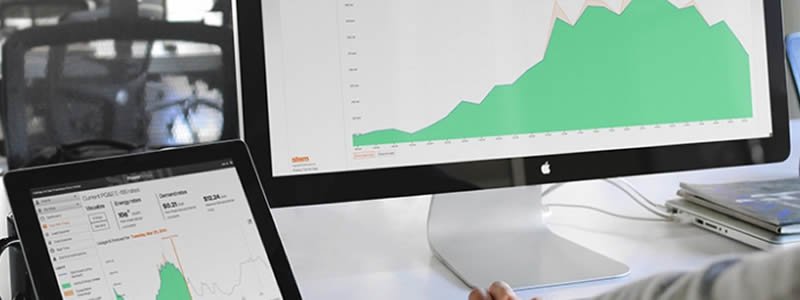
The solar industry may have to re-think how it goes about asset management in the face of a new generation of companies aggregating distributed assets. Operators such as LichtBlick in Germany are assembling ‘virtual power plants’ based on assets that they do not even own. Hamburg-based LichtBlick generated turnover of more than €700 million last year based on selling energy services to more than a million ‘LichtBlickers’, or small power consumers plugged into an energy exchange system call SchwarmDirigent. The concept is reported to have attracted attention from utilities such as E.ON, RWE and EnBW.
While part of the attention is likely due to LichtBlick’s ability to track and bill renewable energy flows and exchanges, LichtBlick also has the ability to aggregate large amounts of residential rooftop solar and package it in a way that could be attractive to utilities. This year the company took the first steps in this direction by pooling 1,000 decentralised combined heat and power units and using them for grid frequency response.
“The role of local distribution networks is changing,” said Anke Blacha, of LichtBlick’s corporate communications team. “More and more power is being created on-site by solar panel systems or mini-power plants and then fed into the grid.” As a result, she said: “One-way distribution grids are changing into two-lane roads with oncoming traffic. Decentralised solutions like LichtBlick's 'SchwarmEnergie' concept can be used to optimize our grids.”
LichtBlick claims to be investing a double-digit-million euro figure in SchwarmDirigent every year. And other companies, including Caterva, Fenecon, Senec-IES and Next Kraftwerke, are pursuing similar business models in Germany. In the USA, meanwhile, First Solar is also looking to aggregate the output from its solar plants in order to provide a more responsive service to utility customers.
In all cases the end result is similar: by drawing on a very large portfolio of assets, virtual power plant owners can trim and add capacity in real time to meet the changing requirements of the grid. Such developments are likely to prompt debate at Solar Asset Management Europe in Milan, Italy, this October, since it is unclear how the virtual power plant model might affect current asset management practices.
What does seem likely is that these concepts will be dependent on a much greater level of control that is currently available for most distributed solar installations. “A major challenge associated with the energy transition is managing distributed generation and batteries in such a way that the power grid remains stable,” said Blacha. “We need to create a local balance between energy supply and demand, or in other words develop the smart grid.”
At the same time, the systems will potentially need to cater for a range of generation-related assets beyond solar panels. SchwarmDirigent, for example, links and manages solar panels, battery storage, combined heat and power units, and other local systems in an intelligent cluster that LichtBlick calls a 'SchwarmStrom.' Such innovations can “reduce the amount that we need to spend on local transformers and power lines,” Blacha said.
New developments in solar asset management will be under the microscope at Solar Asset Management Europe , on October 20 and 21 in Milan, Italy.
